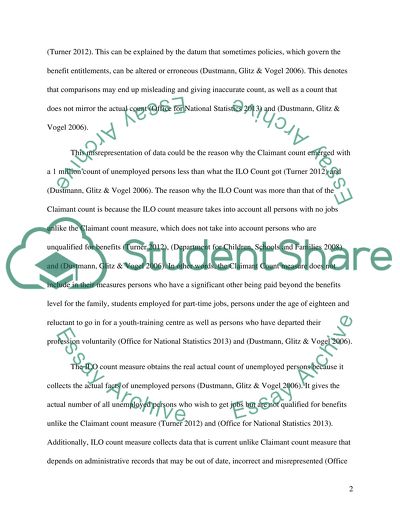Cite this document
(“Unemployment Coursework Example | Topics and Well Written Essays - 1500 words”, n.d.)
Unemployment Coursework Example | Topics and Well Written Essays - 1500 words. Retrieved from https://studentshare.org/macro-microeconomics/1481829-unemployment
Unemployment Coursework Example | Topics and Well Written Essays - 1500 words. Retrieved from https://studentshare.org/macro-microeconomics/1481829-unemployment
(Unemployment Coursework Example | Topics and Well Written Essays - 1500 Words)
Unemployment Coursework Example | Topics and Well Written Essays - 1500 Words. https://studentshare.org/macro-microeconomics/1481829-unemployment.
Unemployment Coursework Example | Topics and Well Written Essays - 1500 Words. https://studentshare.org/macro-microeconomics/1481829-unemployment.
“Unemployment Coursework Example | Topics and Well Written Essays - 1500 Words”, n.d. https://studentshare.org/macro-microeconomics/1481829-unemployment.


